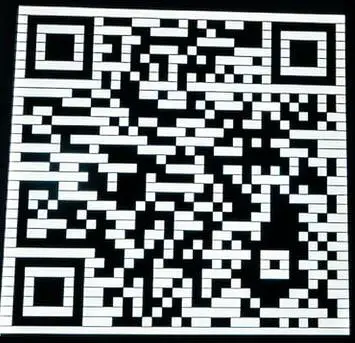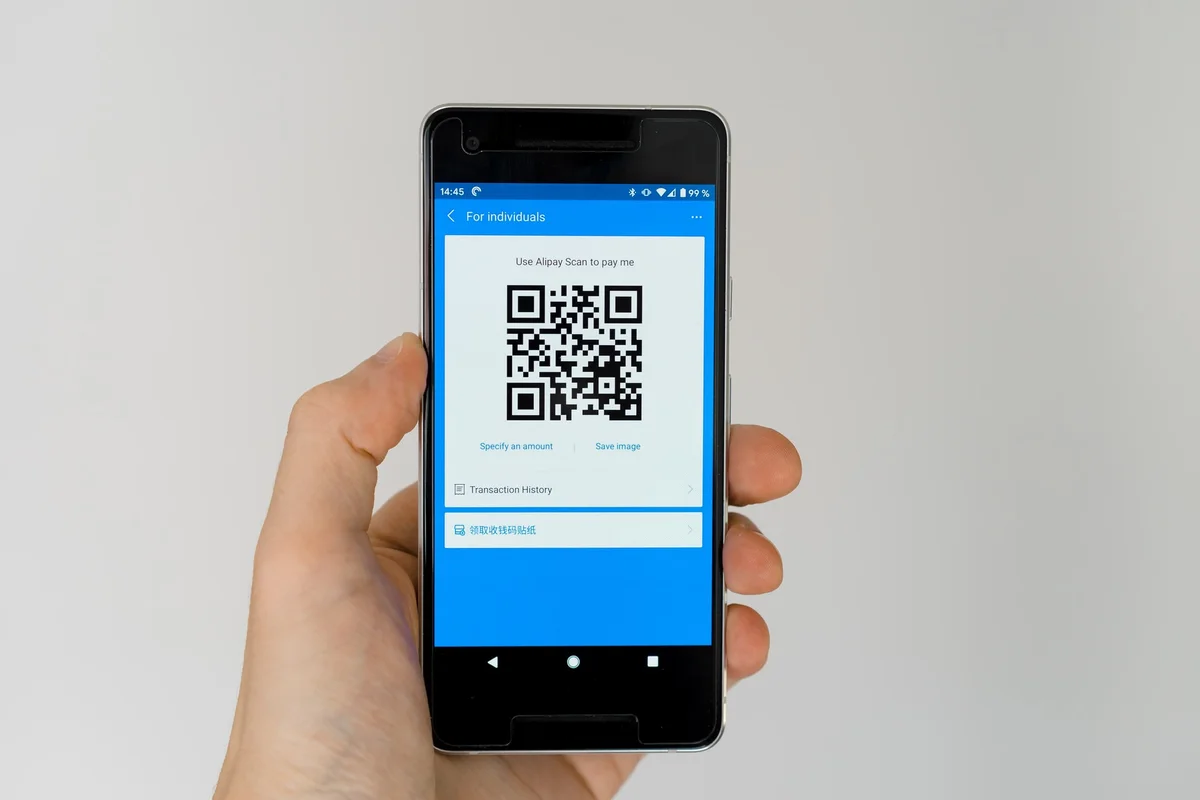What are QR Codes?
To engage an audience, QR codes are a game-changing technology. They’ve sped up the time it takes to get data from companies to customers. During the COVID-19 epidemic, the use of QR codes as a contract tracing tool was very successful. Why are QR codes so useful, though?
Like barcodes, QR codes are two-dimensional images. QR codes may be scanned using a smartphone camera, but barcodes are often scanned with price scanners. To view the information contained in the QR code, you will be forwarded to a web page where the data is provided in a human-readable manner.
QR Codes: What Are They?
Pixel patterns in black and white make up the square pictures that makeup QR codes. Unlike barcodes, which are limited to storing product-specific data, QR codes have a far broader application.
The succession of small black-and-white squares indicates distinct bits of information that are otherwise illegible to humans until they scan the code.
What Is the “QR” in QR Codes Symbolized By?
A QR code is referred to as a “rapid response” code since users may scan it using a smartphone or other scanning equipment in a fraction of a second. They’ll have immediate access to the code’s data once it’s been scanned.

Is There a Story Behind the Origination of QR Codes?
Denso Wave, a Toyota company, was the first to develop QR codes. It was around this period that the firm became aware of the limitations of barcodes. Because cashiers don’t have to write in long product codes when consumers buy anything, barcodes are convenient for them. However, they can’t be used to store other kinds of data.
QR codes were created by a Denso Wave development team that was charged with creating two-dimensional codes that could hold more data. Car manufacturing companies can benefit from QR codes since they can track automobiles and their parts.
Also Read: What is Web of Trust?
What Is the Layout of a QR Code?
Small black squares on a white backdrop make up QR codes, which have the appearance of dots. In addition, there are three huge squares on each of the three aforementioned corners. They’re referred to as “modules,” and each one represents a certain kind of data.
It’s a “finder pattern” if you notice the enormous squares in the upper left, upper right, and bottom left corners of most QR codes. On the other hand, the number of rows and columns a code may include is determined by the number of small squares. Version 40, for example, is the most recent release of the QR code. This version has 31,329 modules (squares) to aid with data storage, transmission, and encoding.
How Do QR Codes Store Data?
QR codes employ four different coding modes combined into a two-dimensional grid of squares or modules. Codes for bytes, kanji characters, numeric and alphanumeric characters are represented by these coding types.
To prevent mistakes, the modules undergo a procedure known as “masking,” which comprises changing the colours. Instead of using a lighter shade when the hue is too light, go with a deeper shade.
Other information is conveyed through the four-bit indicators. Depending on the encoding scheme used, QR symbols might be muddled. Each indicator will display the number of letters encoded in a given mode, and the numbers presented are dependent on the encoding and symbol version.
What Data Is Stored in QR Codes?
Data can only be stored horizontally in traditional barcodes. QR codes, on the other hand, store data in both horizontal and vertical directions, allowing them to retain more than 100 times as much information. Four encoding modes are used to store data in QR codes.
Conclusion
In today’s world, QR codes are commonly employed. It is possible to use them to transfer money, track goods, share information, such as recipes and grocery lists, and allow access to wireless networks, among other functions.
Visit Our Other Websites for more interesting content Ans2All and Mangotips.




